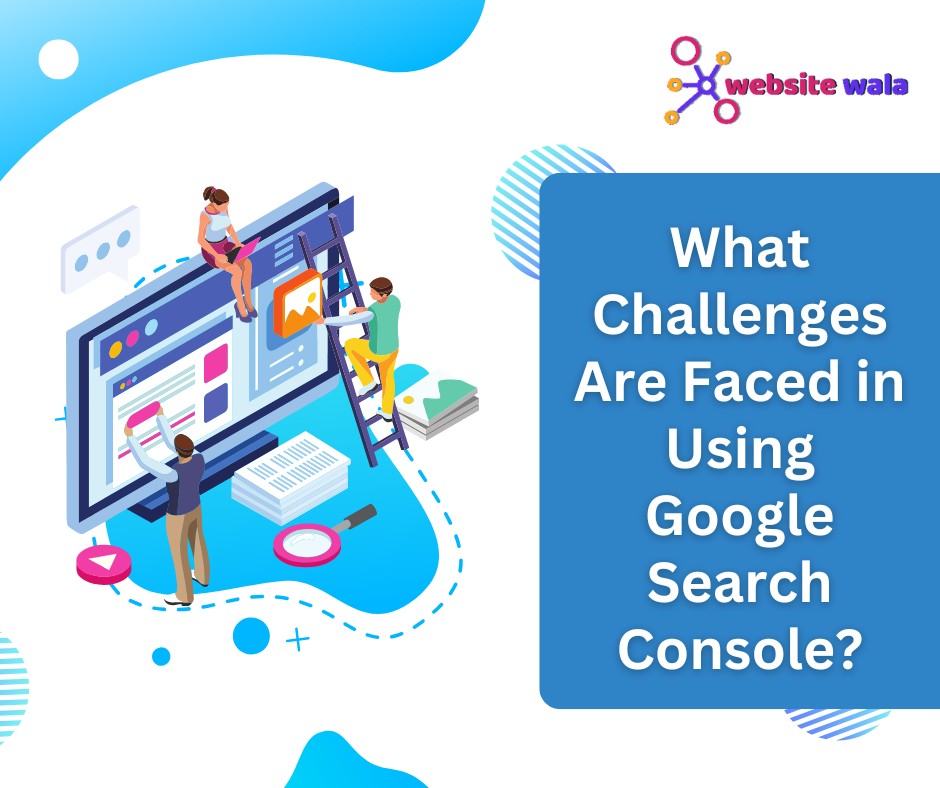
Learn how to enhance your website performance by implementing caching solutions. Find out the benefits of caching and how to effectively utilize this technique to improve user experience and site speed.
How to Improve Website Performance with Caching Solutions
In today's fast-paced digital world, website performance plays a crucial role in attracting and retaining users. Slow loading times can lead to high bounce rates and loss of potential customers. One effective way to enhance website performance is by implementing caching solutions. Caching allows web pages to be stored temporarily, reducing the need for the server to generate the page each time it is requested. This leads to faster loading times, improved user experience, and overall better site speed.
The Benefits of Caching
Caching offers a wide range of benefits for website owners and users alike. Here are some of the key advantages of using caching solutions:
1. Improved User Experience
By reducing loading times, caching solutions can significantly improve the overall user experience. Faster page load times lead to lower bounce rates and increased user engagement. Users are more likely to stay on a website that loads quickly and smoothly, leading to higher conversion rates and improved customer satisfaction.
2. Faster Site Speed
Caching helps in speeding up website performance by serving cached content to users instead of generating it from scratch every time a page is requested. This reduces server load and ensures that web pages load quickly and efficiently. Faster site speed not only enhances user experience but also boosts search engine rankings, as page speed is a critical factor in determining search engine ranking.
3. Reduced Server Load
By caching static content and assets, caching solutions help in reducing the load on the server. This allows the server to handle a larger volume of requests without slowing down, leading to better website performance during high traffic periods. Reduced server load also helps in lowering hosting costs and improving overall website stability.
Caching Techniques
There are various caching techniques that can be implemented to improve website performance. Some of the most commonly used caching solutions include:
1. Browser Caching
Browser caching allows web browsers to store a copy of static resources, such as images, CSS files, and JavaScript files, locally on the user's device. This ensures that these resources are not re-downloaded each time a user visits the website, leading to faster loading times. To enable browser caching, web developers can set expiration headers for static resources using the "Cache-Control" and "Expires" directives.
2. Server-Side Caching
Server-side caching involves storing dynamically generated content in the server's memory or disk storage to reduce the time it takes to generate the content for subsequent requests. Popular server-side caching solutions include Memcached and Redis, which help in improving website performance by caching database queries, API responses, and other dynamic content.
3. Content Delivery Networks (CDNs)
CDNs are a network of servers located in different geographic locations that cache static content and deliver it to users from the nearest server. By serving content from the closest server, CDNs help in reducing latency and improving page load times. CDNs also help in distributing traffic evenly across servers, reducing server load and improving website performance during traffic spikes.
Effective Utilization of Caching Solutions
To effectively utilize caching solutions and enhance website performance, consider the following best practices:
1. Identify Performance Bottlenecks
Before implementing caching solutions, identify performance bottlenecks on your website using tools like Google PageSpeed Insights, GTmetrix, or Pingdom. Look for opportunities to optimize code, compress images, and minify CSS and JavaScript files to improve site speed and performance.
2. Implement Caching Policies
Develop caching policies for different types of content on your website, such as static assets, dynamic content, and user-specific data. Set appropriate expiration times for cached content to strike a balance between freshness and performance. Use tools like Varnish Cache or WP Super Cache to implement caching policies effectively.
3. Fine-Tune Cache Invalidation
Implement cache invalidation strategies to ensure that cached content is updated when changes are made to the website. Use cache tags, cache keys, or versioning strategies to invalidate cache content efficiently and prevent serving outdated content to users. Automated cache invalidation tools like Cloudflare or Fastly can help in managing cache invalidation effectively.
4. Monitor and Analyze Performance Metrics
Regularly monitor and analyze key performance metrics, such as page load times, server response times, and cache hit ratios, to track the impact of caching solutions on website performance. Use tools like Google Analytics or New Relic to gain insights into user behavior, identify performance issues, and optimize caching configurations accordingly.
Improving website performance is essential for attracting and retaining users in today's competitive digital landscape. By implementing caching solutions effectively, website owners can enhance user experience, improve site speed, and reduce server load. Caching offers a range of benefits, including faster page load times, improved search engine rankings, and reduced hosting costs. By following best practices and utilizing caching techniques, website owners can optimize their websites for speed and performance, ultimately leading to better user engagement and increased conversions.




















